추상적인
인공지능(AI)의 급속한 발전으로 대규모 모델 학습 및 추론에 대한 수요가 기하급수적으로 증가하고 있습니다. 동시에 비트코인 채굴 산업은 고수익의 급성장에서 더욱 변동성이 큰 시장 환경으로 전환되었습니다. 채굴자들은 상당한 전력 소모 인프라, 냉각 시스템, 토지 자원, 그리고 네트워크 시설을 축적해 왔으며, 이는 AI 데이터 센터의 요구 사항에 완벽하게 부합하는 자산입니다. 점점 더 많은 채굴자들이 채굴 시설을 AI 또는 고성능 컴퓨팅(HPC) 센터로 전환하여 컴퓨팅 파워를 임대하거나 AI 학습 서비스를 운영함으로써 새로운 수익원을 창출하고 있습니다.
이 글에서는 비트코인 채굴자가 AI 데이터 센터 구축에 갖는 자연적 이점, 시장 기회, 실제 사례, 그리고 에너지, 하드웨어, 부하, 위치 측면에서 채굴 작업과 AI 워크로드의 유사점과 차이점을 분석합니다. 또한, 이 신흥 분야의 미래 동향도 살펴봅니다.
비트코인 채굴자가 AI 데이터 센터로 전환하는 이점
비트코인 채굴자들은 에너지 집약적 컴퓨팅 분야에서 리소스와 운영 경험을 축적했으며, 이를 통해 AI 데이터 센터 구축에 상당한 이점을 제공합니다.
1. 대규모 전원 공급
비트코인 ASIC 채굴기는 일반적으로 24시간 연중무휴로 가동되어야 합니다. 대규모 채굴 시설은 수십에서 수백 메가와트의 안정적인 전력 공급을 통해 AI GPU 클러스터의 고전력 요구 사항을 충족하는 경우가 많습니다. 상업용 데이터 센터를 처음부터 구축하는 것과 비교했을 때, 채굴자는 기존 전력 인프라를 활용하여 수년간의 건설 시간과 상당한 자본 지출을 절약할 수 있습니다.
2. 토지 및 냉각 기능
채굴장은 일반적으로 넓은 토지를 보유한 외딴 지역, 수원이나 천연가스 공급원 근처에 위치하여 첨단 수냉 또는 공냉 시스템을 구축할 수 있습니다. AI 클러스터는 기존 서버보다 랙 밀도와 전력 요구량이 훨씬 높습니다. 채굴 시설에는 고밀도 GPU 또는 AI 칩 배포를 지원할 수 있는 정교한 냉각 시스템이 이미 구축되어 있어 전환의 어려움을 줄여줍니다.
3. 고속 네트워크 연결
AI 워크로드는 대규모 분산 컴퓨팅을 위해 저지연, 고대역폭 네트워크 연결을 필요로 합니다. 채굴장은 종종 광섬유 백본 네트워크 근처에 위치하여 분산 AI 모델 학습 및 GPU 클러스터 동기화에 필수적인 빠르고 저지연 연결을 제공합니다.
4. 사전 승인된 허가 및 장기 장비
광부들은 일반적으로 토지 사용 허가, 전력 접근 허가, 변압기 및 변전소 설치를 보유하고 있습니다. 새로운 AI 데이터 센터를 구축하는 데는 이러한 허가를 받는 데 수년이 걸릴 수 있지만, 광산 시설은 이미 이러한 절차를 완료하여 AI 데이터 센터 구축을 지연 없이 진행할 수 있습니다.
5. 운영 경험
채굴자들은 전력 스케줄링, 열 최적화, 자동 모니터링, 원격 운영 등 대규모 시설 관리에 대한 풍부한 경험을 보유하고 있습니다. 이러한 전문성은 AI 데이터 센터 관리에 직접적으로 적용되어 효율성과 안정성을 향상시키고 운영 학습 곡선을 단축합니다.
AI 데이터 센터의 시장 기회

AI 모델의 급속한 성장은 데이터 센터 리소스에 대한 전례 없는 수요를 견인하고 있습니다. 업계 조사 결과는 다음과 같습니다.
-
골드만삭스 : 미국의 데이터센터 용량은 2030년까지 두 배로 늘어나 약 45GW에 이를 것으로 예상되며, 이는 미국 전체 전력 생산량의 약 8%에 해당합니다.
-
JP Morgan : 하이퍼스케일러 AI 자본 지출은 2024년 1,630억 달러에서 2038년 3,700억 달러로 증가할 것으로 예상됩니다.
-
Pitchbook : 2016년 이후 AI/ML 스타트업은 6,800억 달러의 자금을 조달했으며, 2024년에만 1,200억 달러가 투자되었습니다.
이러한 추세는 채굴업체가 유휴 인프라를 빠르게 재활용하여 증가하는 AI 컴퓨팅 수요를 충족할 수 있음을 시사하며, 이는 AI 데이터 센터 확장의 중요한 동인이 될 것입니다.
마이닝과 AI 데이터 센터의 차이점과 유사점
비트코인 채굴과 AI 데이터 센터는 모두 에너지 집약적이지만 부하 특성, 하드웨어 요구 사항 및 사이트 선택이 다릅니다.
1. 에너지 및 냉각
-
채굴 : ASIC 채굴자는 안정적인 전력 소비를 가지고 있으며, 예측 가능한 열 출력으로 24시간 내내 끊임없이 작동합니다.
-
AI 데이터 센터 : GPU 클러스터는 간헐적인 최대 부하를 경험하며, 동적 전력 관리 및 백업 용량이 필요합니다. NVIDIA GB200 NVL72와 같은 고급 GPU 시스템은 랙당 132kW를 초과할 수 있으며, 이는 일반적인 ASIC 채굴기의 전력을 훨씬 능가합니다. 기존 냉각 시스템은 AI 워크로드를 처리하기 위해 업그레이드가 필요할 수 있습니다.
2. 부지 선정
-
광업 : 전기 요금이 저렴하고 토지가 넓은 외딴 지역을 선호합니다.
-
AI 데이터 센터 : 저지연 연결을 위해서는 고속 네트워크 노드와의 근접성이 필요합니다. 클라우드 고객과 가까운 도시 또는 교외 지역 사이트는 상업적 이점을 제공합니다.
3. 하드웨어 및 운영
-
ASIC 마이너 : 단일 SHA-256 해시 함수를 효율적으로 실행하지만 다재다능함이 부족합니다.
-
GPU : AI 학습 및 추론을 위한 대규모 행렬 연산을 수행할 수 있는 범용 컴퓨팅 장치입니다. AI 데이터 센터에는 CPU, 스토리지, 고속 네트워킹, 그리고 클러스터 관리 도구(Kubernetes, Slurm)를 갖춘 프레임워크(TensorFlow, PyTorch)도 필요합니다.
4. 배포 일정
채굴 시설은 6~12개월 안에 구축이 가능한 반면, AI 데이터 센터는 더욱 복잡한 하드웨어, 네트워킹 및 냉각 시스템을 필요로 하므로 구축 기간이 더 길어집니다. 그러나 채굴장을 전환하면 기존 허가 및 인프라를 재사용하면서 AI 데이터 센터 구축 기간을 획기적으로 단축할 수 있습니다.
마이너에서 AI로의 데이터 센터 전환의 실제 사례
| 회사 | 채굴 및 AI 배포 |
|---|---|
| 코어 사이언티픽(미국) | 67억 달러 규모의 장기 GPU 호스팅 계약을 통해 CoreWeave와 협력하여 AI를 위한 200MW 이상의 GPU 클러스터를 호스팅했습니다. |
| Hive Digital Technologies(캐나다) | ASIC 마이너와 GPU 클러스터를 운영하여 AI 추론 및 렌더링 서비스를 제공합니다. |
| 마라톤 디지털(미국) | 클라우드 공급업체와 협력하여 텍사스 광산 현장의 일부를 임대용 AI 데이터 센터로 전환했습니다. |
| Hut 8 Corp. (캐나다) | AI 인프라 구축을 위해 1억 5,000만 달러의 투자를 받았습니다. |
| 아이리스 에너지(호주) | 광산 현장은 AI 배치와 공존하며 전력 및 냉각 리소스를 공유합니다. |
| 비트팜스(캐나다) | 퀘벡 수력 발전 광산 시설을 AMD MI300X GPU를 갖춘 AI 교육 센터로 전환하여 연구 기관에 개방했습니다. |
| CoreWeave(민간 AI 스타트업) | Core Scientific 광산 자산을 인수하여 AI 슈퍼컴퓨팅 센터로 전환했습니다. |
| 크루소 에너지(미국) | 대부분의 채굴 하드웨어를 판매하고 재생 에너지로 구동되는 GPU 데이터 센터를 구축했습니다. |
| 테라울프(미국) | 수백 MW 규모의 광산 시설을 소유하고 있으며, AI 배포를 위해 Amazon, Google 및 기타 하이퍼스케일러와 협력하고 있습니다. |
이러한 사례는 광부들이 AI 시장에 진출하여 유휴 인프라를 수익성 있는 AI 컴퓨팅 리소스로 전환하는 경우가 점점 늘어나고 있음을 보여줍니다.
AI-Miner 통합의 미래 동향
-
GPU 임대 시장 성장
채굴자는 AI 스타트업이나 연구 기관에 GPU 클러스터를 임대하여 "컴퓨팅 서비스" 수익 흐름을 창출할 수 있습니다. -
녹색 에너지와 지속 가능성
재생 에너지로 운영되는 채굴 시설과 AI 시설은 탄소 배출량을 줄이고 ESG 기준을 준수하며 투자자를 유치합니다. -
Edge AI 배포
분산형 채굴 사이트는 에지 AI 노드를 호스팅하여 실시간 추론 및 IoT 애플리케이션의 지연 시간을 줄일 수 있습니다. -
ASIC 및 GPU 하이브리드 사용
채굴 농장에서는 해싱을 위해 ASIC 작업을 계속하는 동시에 AI를 위해 GPU를 배포하여 자산 활용도를 최적화할 수 있습니다. -
투자자 관심
자본 시장은 잠재적으로 높은 수익률로 인해 광부들이 AI 데이터 센터로 전환하는 데 점점 더 관심을 보이고 있으며, 이로 인해 더 많은 합병과 파트너십이 촉진되고 있습니다.
결론
풍부한 전력, 부지, 냉각, 네트워크 및 운영 전문성을 갖춘 비트코인 채굴자들은 AI 데이터 센터 구축의 핵심 주체가 될 수 있는 유리한 입지를 갖추고 있습니다. AI 컴퓨팅 수요가 지속적으로 증가함에 따라, 채굴자에서 AI로의 전환이나 AI 기업과의 협력은 데이터 센터 용량 확장에 중요한 역할을 할 것입니다. 채굴 팜은 암호화폐 생산 시설에서 필수적인 AI 및 HPC 컴퓨팅 허브로 진화하여 기술 혁신과 디지털 경제를 지원할 준비가 되어 있습니다.
참고문헌
-
CryptoMinerBros. (2025). AI와 암호화폐: 비트코인 채굴자들이 데이터 센터 붐을 일으키다
-
골드만삭스 리서치(2025). 미국 데이터 센터 수요 전망
-
JP Morgan(2025). 하이퍼스케일러 AI 자본지출 전망
-
NVIDIA. (2025). NVIDIA GB200 NVL72 사양
-
업타임 연구소(2025). 데이터 센터 랙 전력 밀도 추세
-
피치북(2025). AI/ML 스타트업 투자 보고서

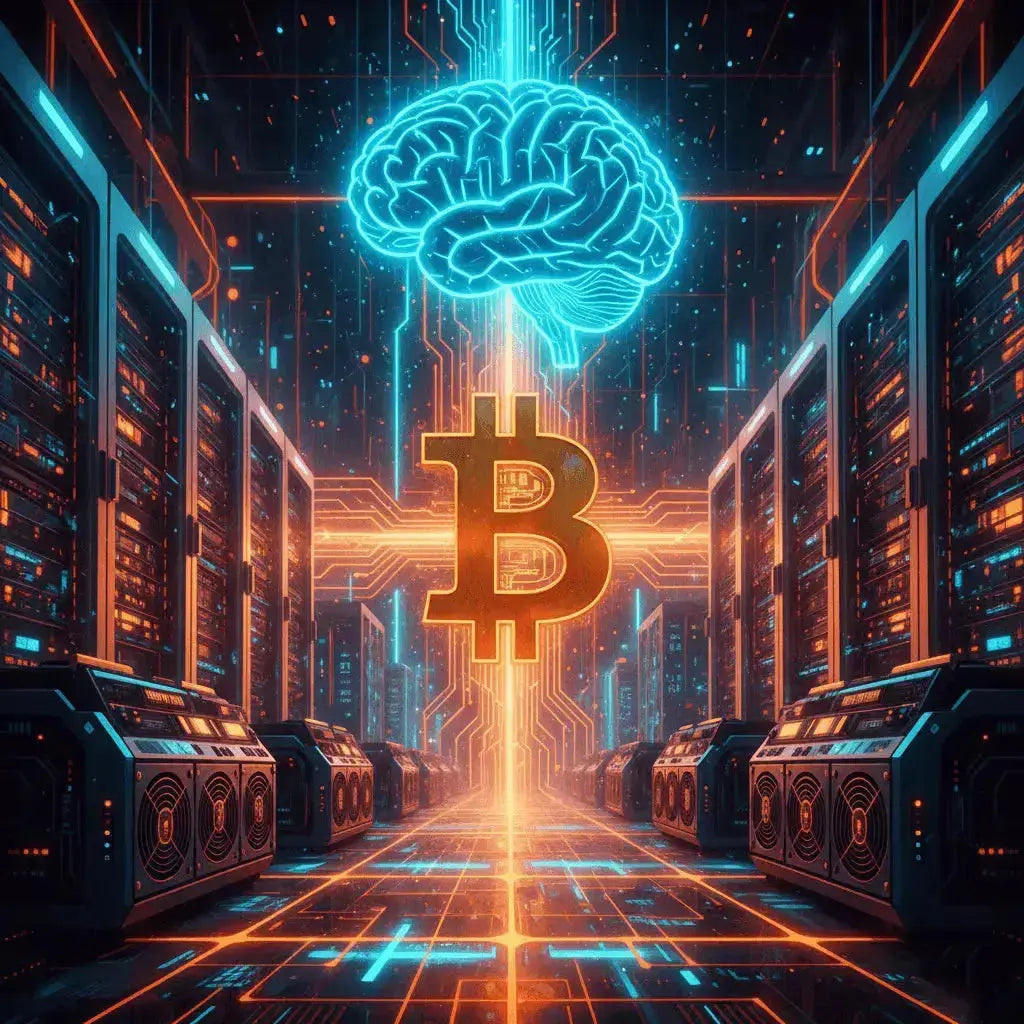

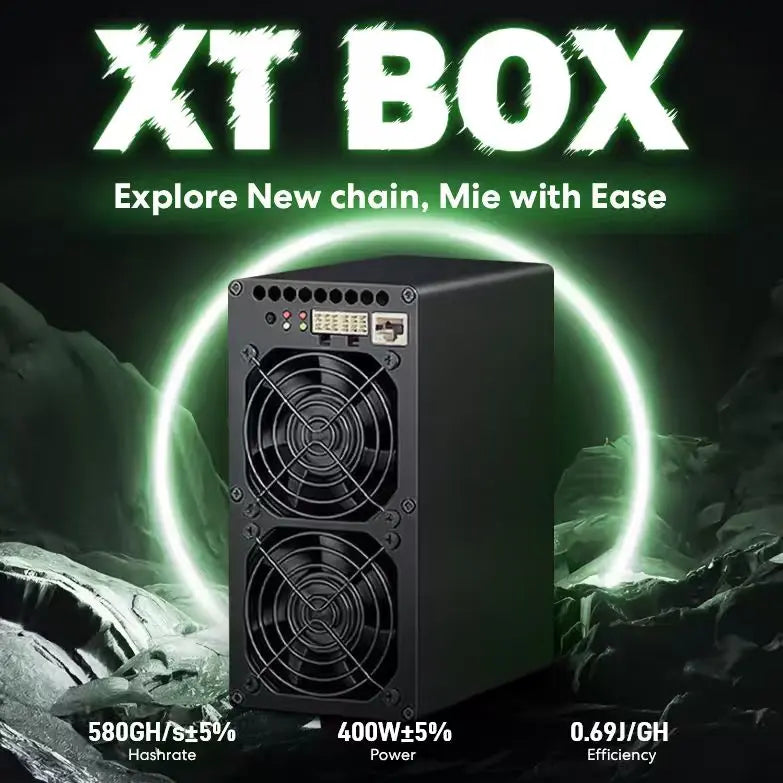

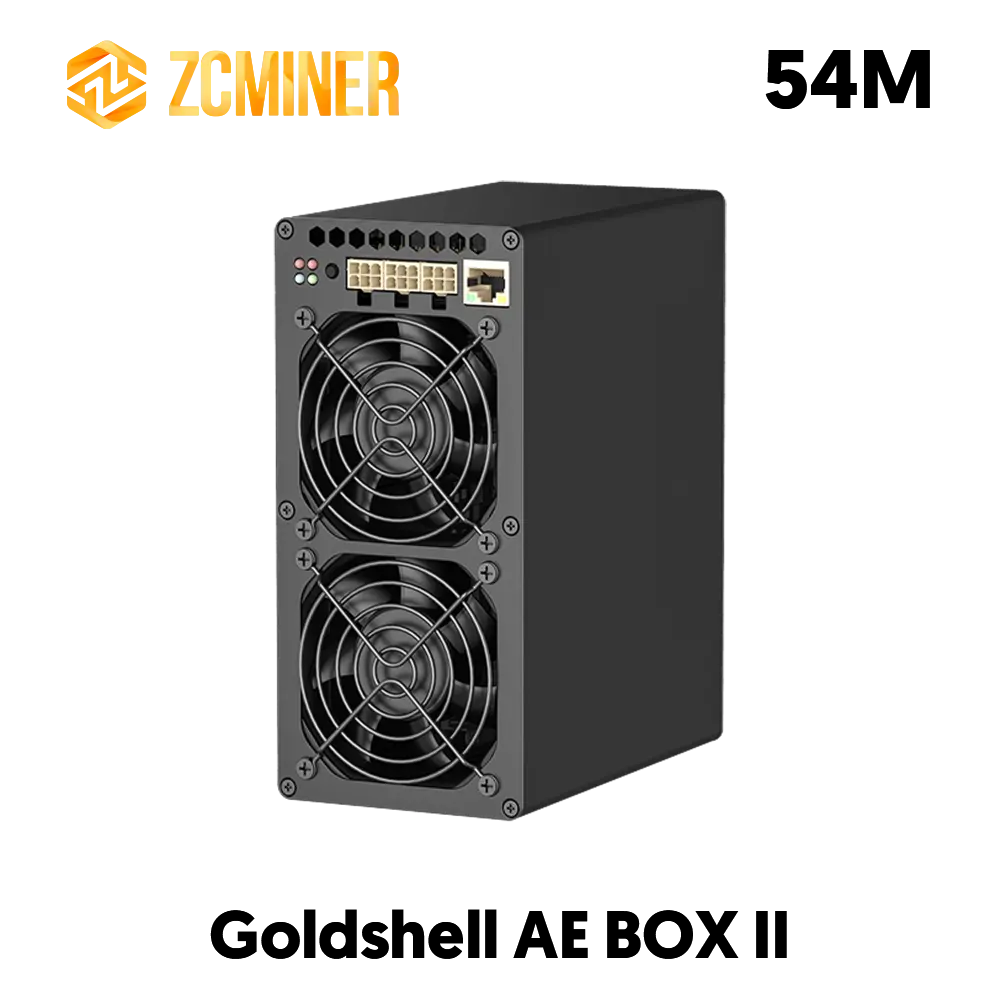
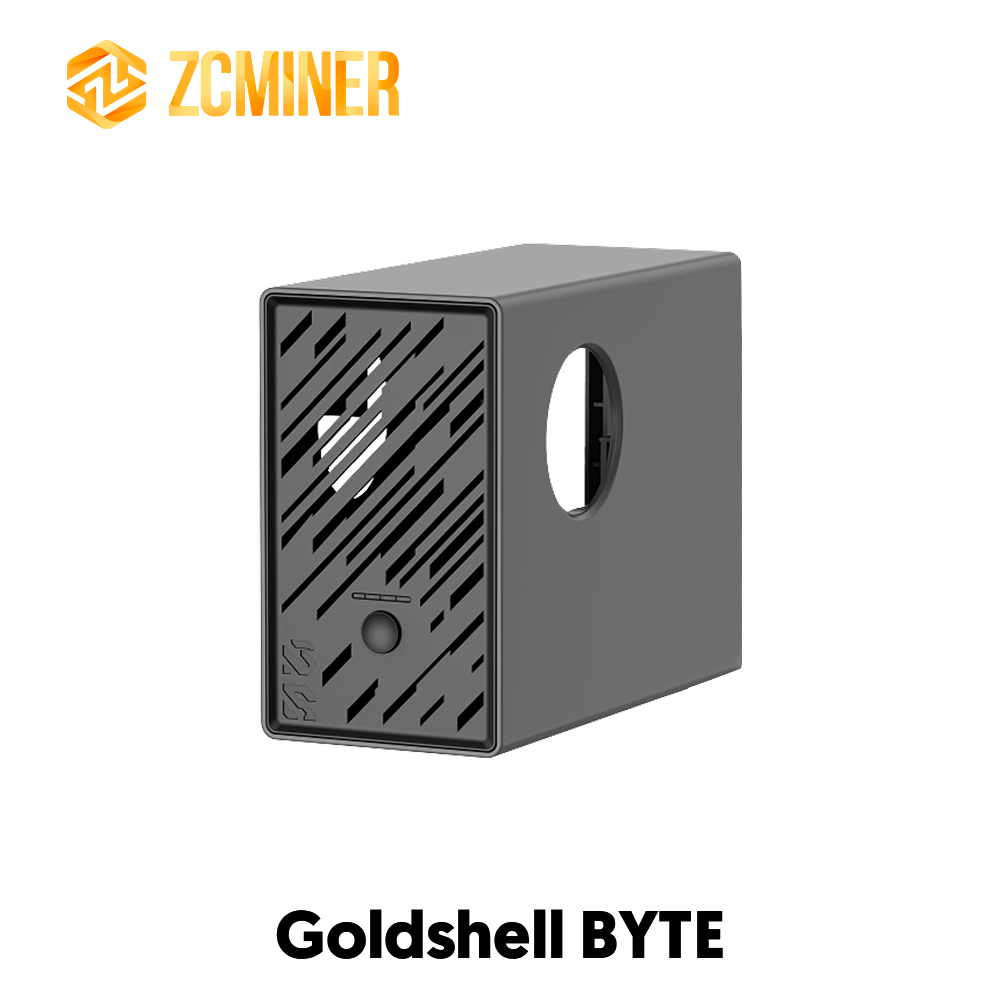
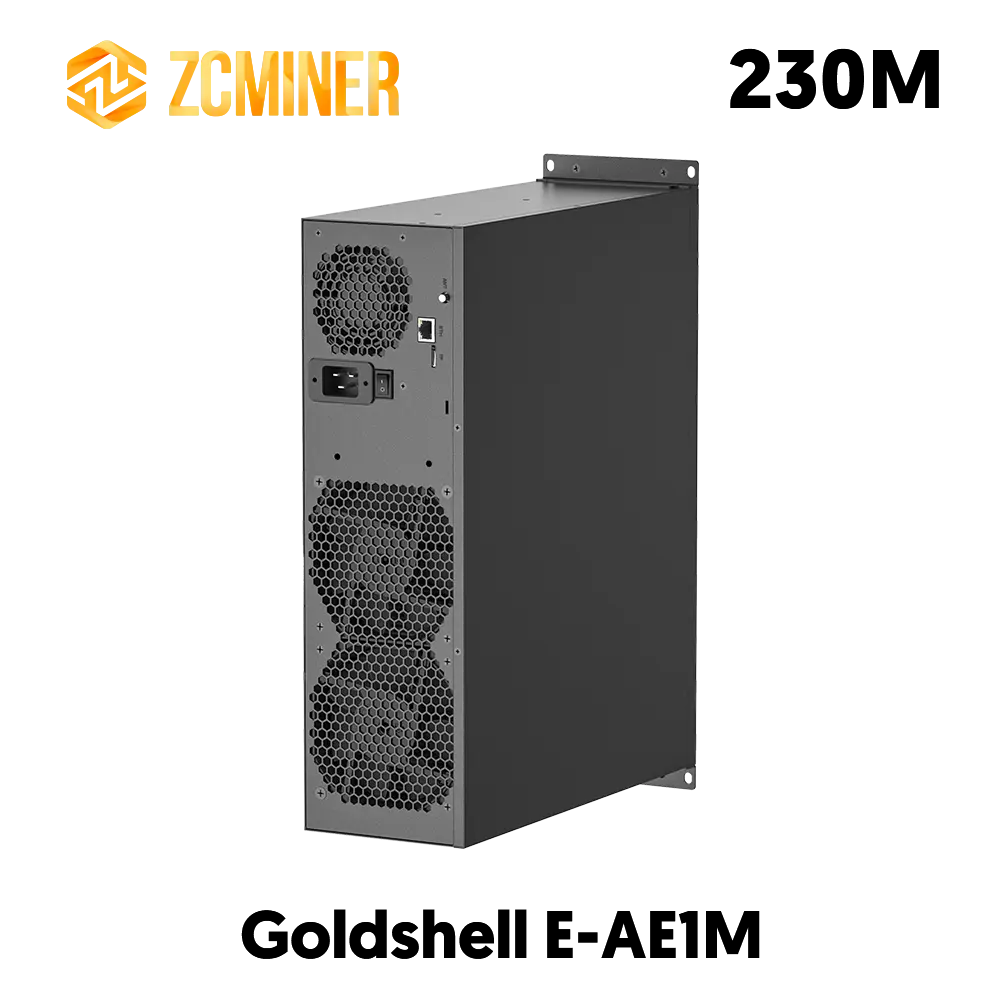
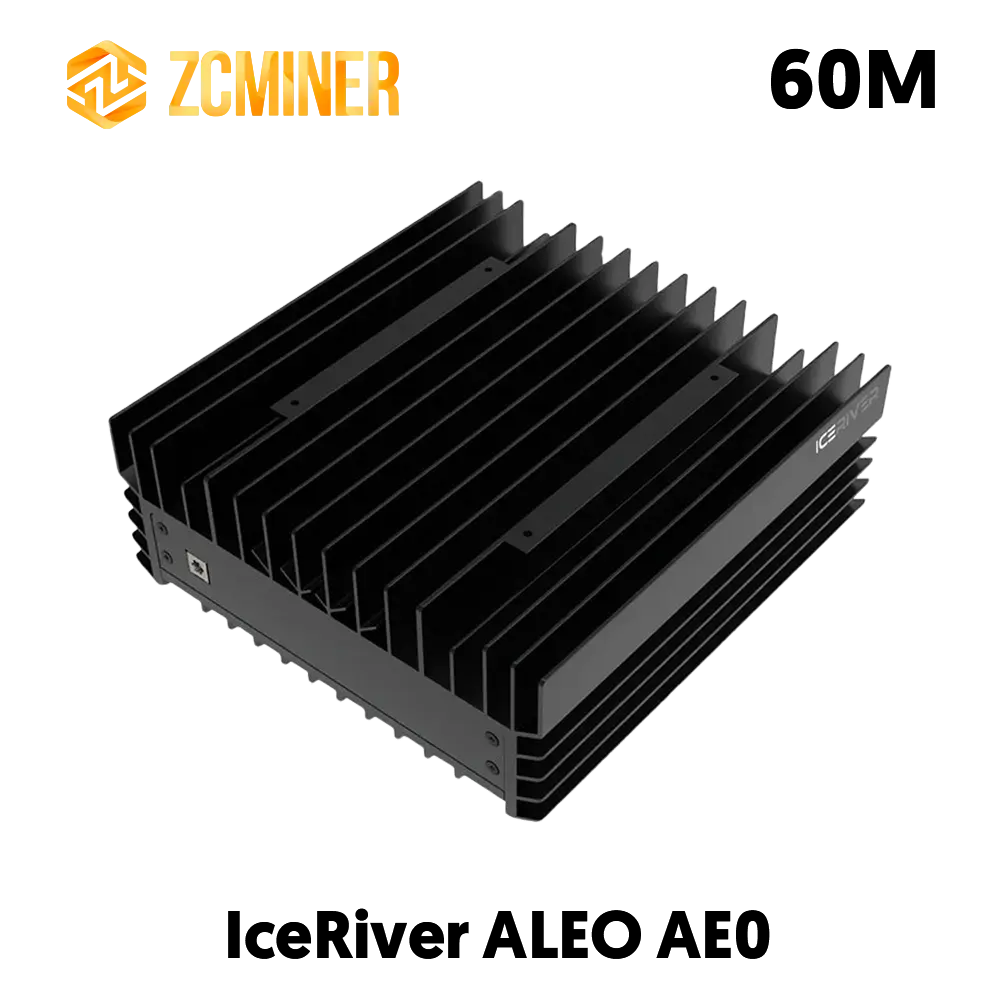


댓글 남기기
이 사이트는 hCaptcha에 의해 보호되며, hCaptcha의 개인 정보 보호 정책 과 서비스 약관 이 적용됩니다.